How to Buy Your First Visual Telescope
There's a vast universe of mesmerizing objects orbiting us in the night sky at any given time. While unassisted stargazing can be a lot of fun, a telescope is definitely the best way to get the most out of your viewing experience. If you’re new to the world of astronomy, there are a few things you need to consider when purchasing your very first visual telescope.
Scroll through to follow our step-by-step guide on all the different parts and types of telescopes.
The Different Types of Telescopes
There are three basic types of telescopes.
- Refractors.
- Reflectors.
- Catadioptric, or compound scope.
Refractors use lenses to bend light into focus. Reflectors use mirrors to reflect light into focus. Finally, catadioptric or compound scopes use a combination of lenses and mirrors.
The basic function of every telescope design is to collect light to make a faraway object more visible. Telescopes are designed differently because each design provides different benefits to consider including portability, durability, maintenance, ease-of-use, and budget.
Let's take a look at one of our top searched specifications when buying a visual telescope!
What to Know About the Aperture of Your Telescope
For telescopes, an aperture is the size of a telescope’s main optical element, whether that be a lens or a mirror. As a rule, larger aperture scopes are the best way to view wide-field and deep-sky objects like galaxies and nebulae. At the same time, smaller scopes are great for observing solar system objects like the Moon, Jupiter, and Saturn.
Since the aperture is tied to the size of the scope, as illustrated above, a lower aperture telescope will usually cost less than a higher aperture scope of the same type.
After deciding on what size aperture you are looking for, the next thing to consider is how much you want to zoom in and still see a clear image.
Choosing Your Telescope's Maximum Magnification
Another important aspect of telescopes to consider is “maximum magnification,” which represents the highest degree to which you can enlarge the image before the view starts to become blurry.
In most cases, the maximum magnification of a telescope is 50x per inch of your scope’s aperture. The larger the aperture, the larger the image and the clearer you can see it. Following this 50x magnification rule, a 2-inch aperture scope will have a maximum useful magnification of 100x, whereas a 10-inch aperture scope will have a maximum useful magnification of 500x.
In order to reach the magnification you need for the objects you want to see, you will have to attach an eyepiece to your telescope. The lower the rating of the eyepiece in millimeters, the more it will magnify your scope’s view. Since certain magnifications are better for viewing certain objects, it’s usually a good idea to have a handful of eyepieces with different powers.
What an Eyepiece Does for Your Telescope
Just be sure that your desired magnification does not exceed your scope’s maximum magnification, given in the specifications of your telescope. Pushing a small scope beyond its limit, just to see a faint object, won’t actually help you see it any better. If you’re struggling to get the useful magnification you want with a small scope, you might need to upgrade to a larger aperture scope.
A good selection of starting eyepieces that should work with a wide range of scopes would be, a 9 mm, a 20 mm, and a 32 mm eyepiece.
It would also be a good idea to pick up a 2x Barlow, as this can be used to double the magnification of an eyepiece. These should give you a good range of available powers, but you might need a different set of eyepieces depending on your telescope or what you want to see.
Choosing the Best Visual Telescope for Beginners
With these basics in mind, you may be wondering, what are some good telescope choices for beginners?
In case you're just looking for a quick recommendation, OPT has chosen a couple of telescopes for you.
The Meade StarPro AZ 102 mm Telescope is the perfect scope for the novice astronomer seeking to explore the universe! Available in a wide variety of apertures, the StarPro AZ has everything you need to start observing the night sky. The StarPro AZ features a single-arm, Alt-Azimuth mount with slow-motion control cables on both axes, making your observing experience streamline.
The Sky-Watcher Classic 200 P Dobsonian Telescope has a "paraboloidal" primary mirror to eliminate spherical aberration and a four-arm, secondary- mirror bracket with fine supports (0.5mm thick), to reduce diffraction spikes and light loss. In addition, a 2-inch focuser with a 1.25-inch adapter is included, allowing the use of either eyepiece size. The Tension Control Handle provides user-friendly tension adjustment that can quickly and easily increase or decrease tension between the telescope tube and where it sits on the Dobsonian mount.
If you'd prefer to look at deep-sky objects like galaxies and nebulae, a great option is a Dobsonian reflector with an aperture of 6-10 inches. These scopes are both very powerful and great for beginners. They are one of the simplest types of telescopes to use. Simply point the optical tube in the direction that you want, and it will move the scope’s view.
If you’re looking for a scope with an even higher optical quality, a catadioptric telescope makes for a great investment. Packing a lot of optical power into a compact package, a compound scope is a great pick-up-and-go scope for observing in a variety of locations.
Why Mounts Matter for Your Telescope
Depending on the scope you choose, you may also need to consider what kind of mount you need for it. You’ll need to make sure that you have a mount with enough load capacity to hold up your telescope, along with all of your accessories.
However, there are many telescope packages available that include a mount to support the scope it comes with, along with more than enough accessories to get you started.
These are just a handful of things to consider when purchasing your first telescope for visual observing. Ultimately, what you choose is up to you and the type of observing experience you want. If you have any questions or want to know more, you can contact the experienced staff at OPT. We’ll be glad to share our expert knowledge with you and help you get the visual scope that’s right for you.
Happy observing!
2 Responses
Folke Stenman
Thanks for an illuminating presentation! A humble request: How about finally skipping the inches and feet? The rest of the world is using metric units, starting from how you express wavelengths of spectral lines. Loosing a whole interspace satellite because someone screwed up by mixing inches and millimeters is still the laugh of the day – not, for sure, for the guys who did it!










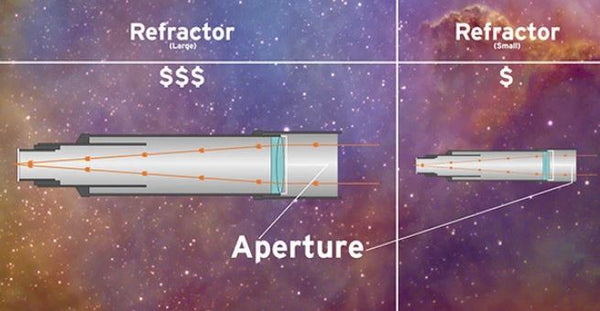
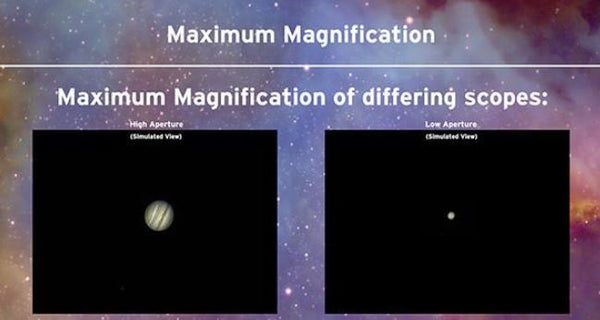

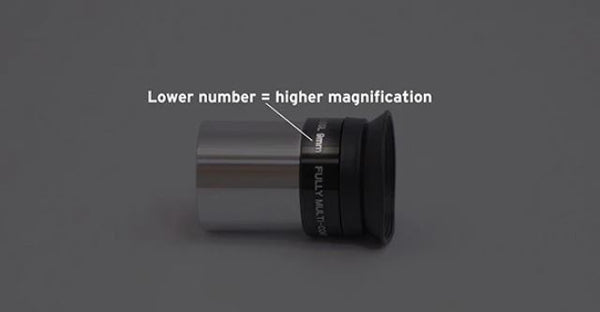
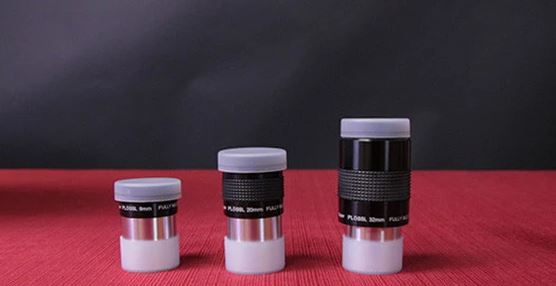


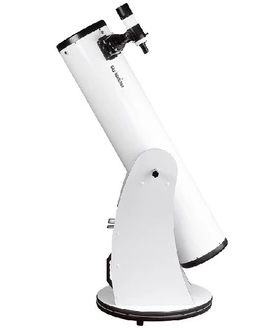
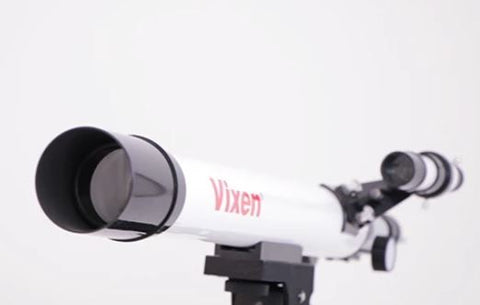

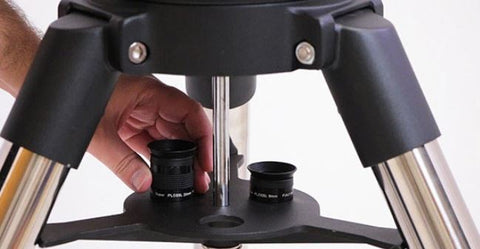
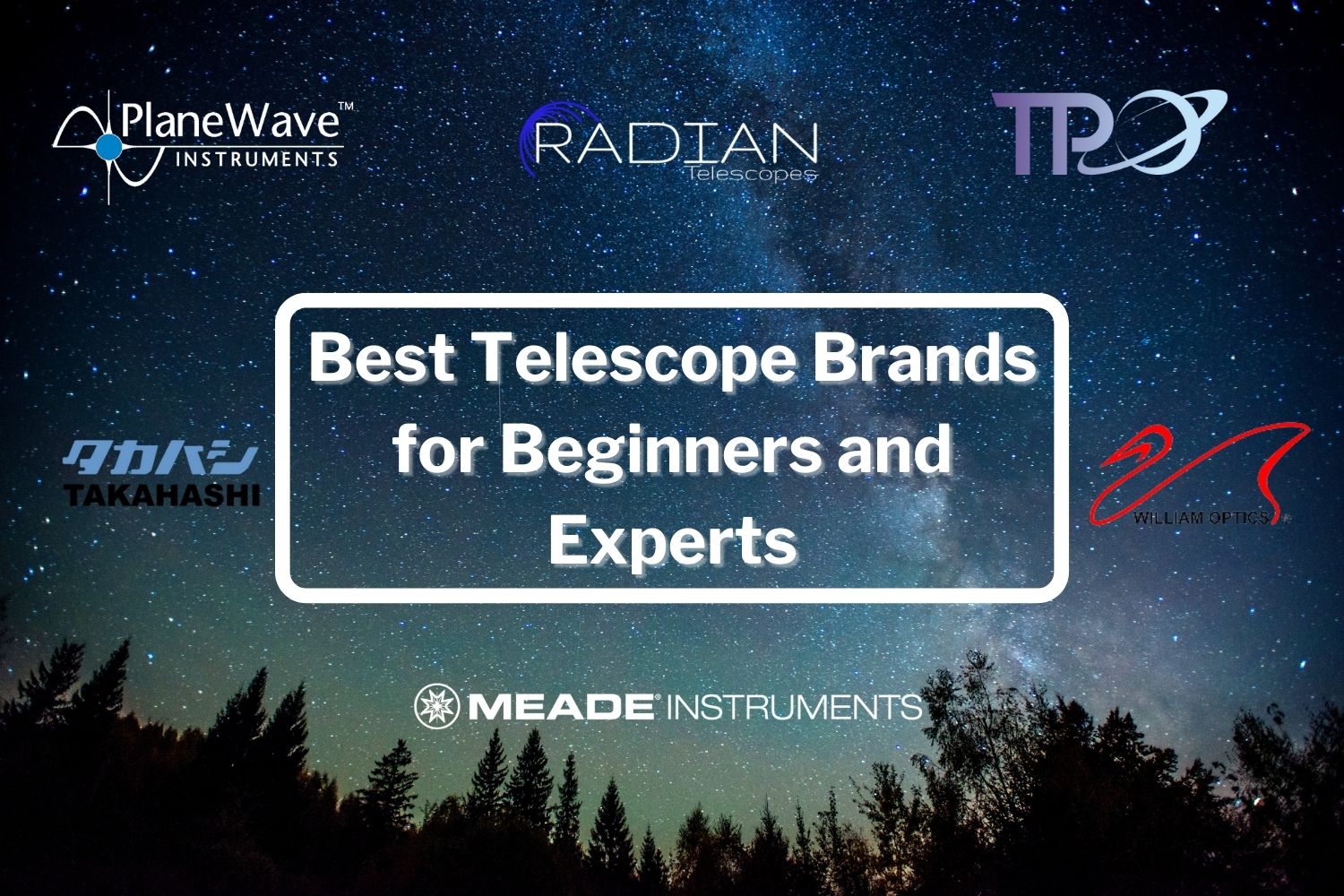
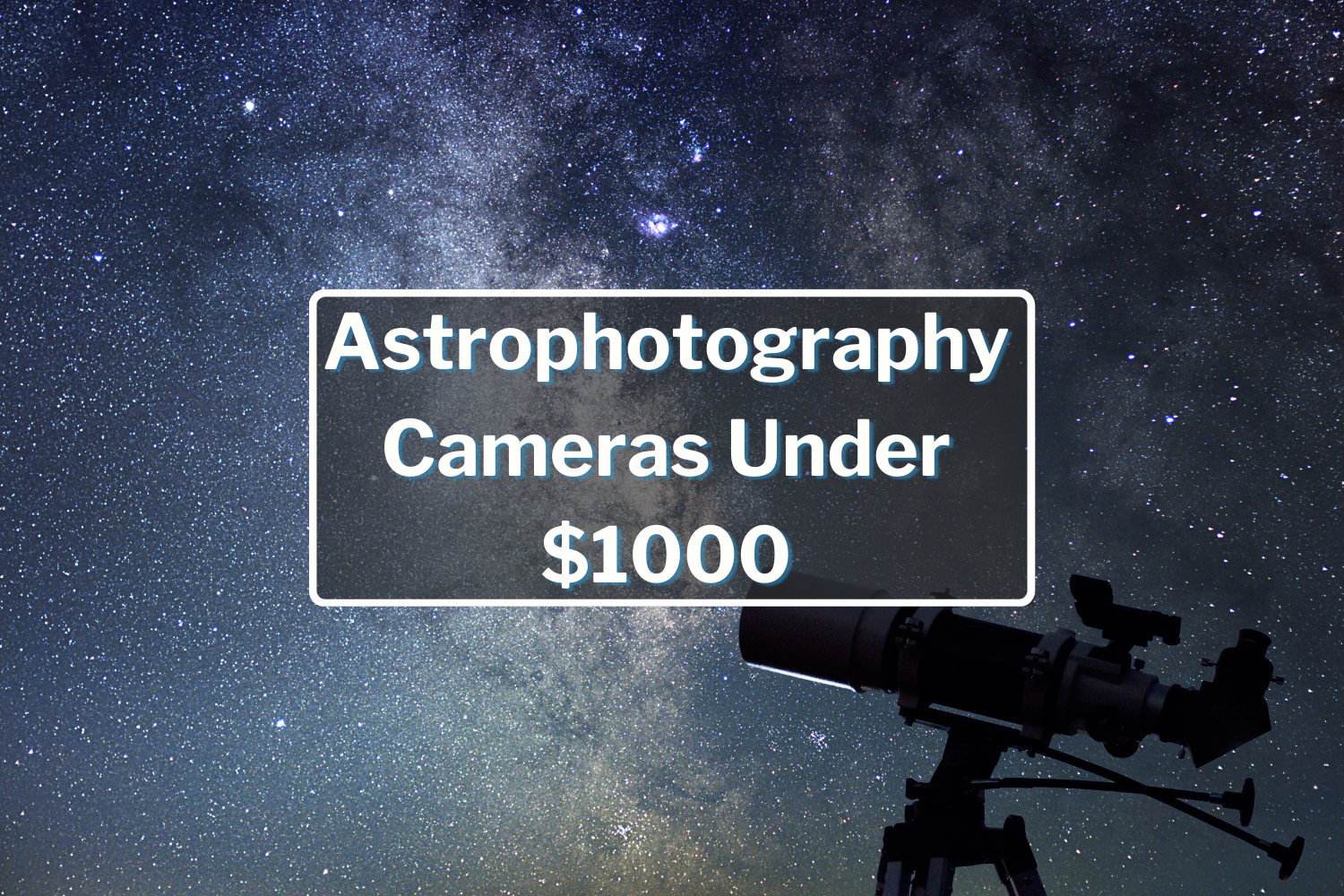
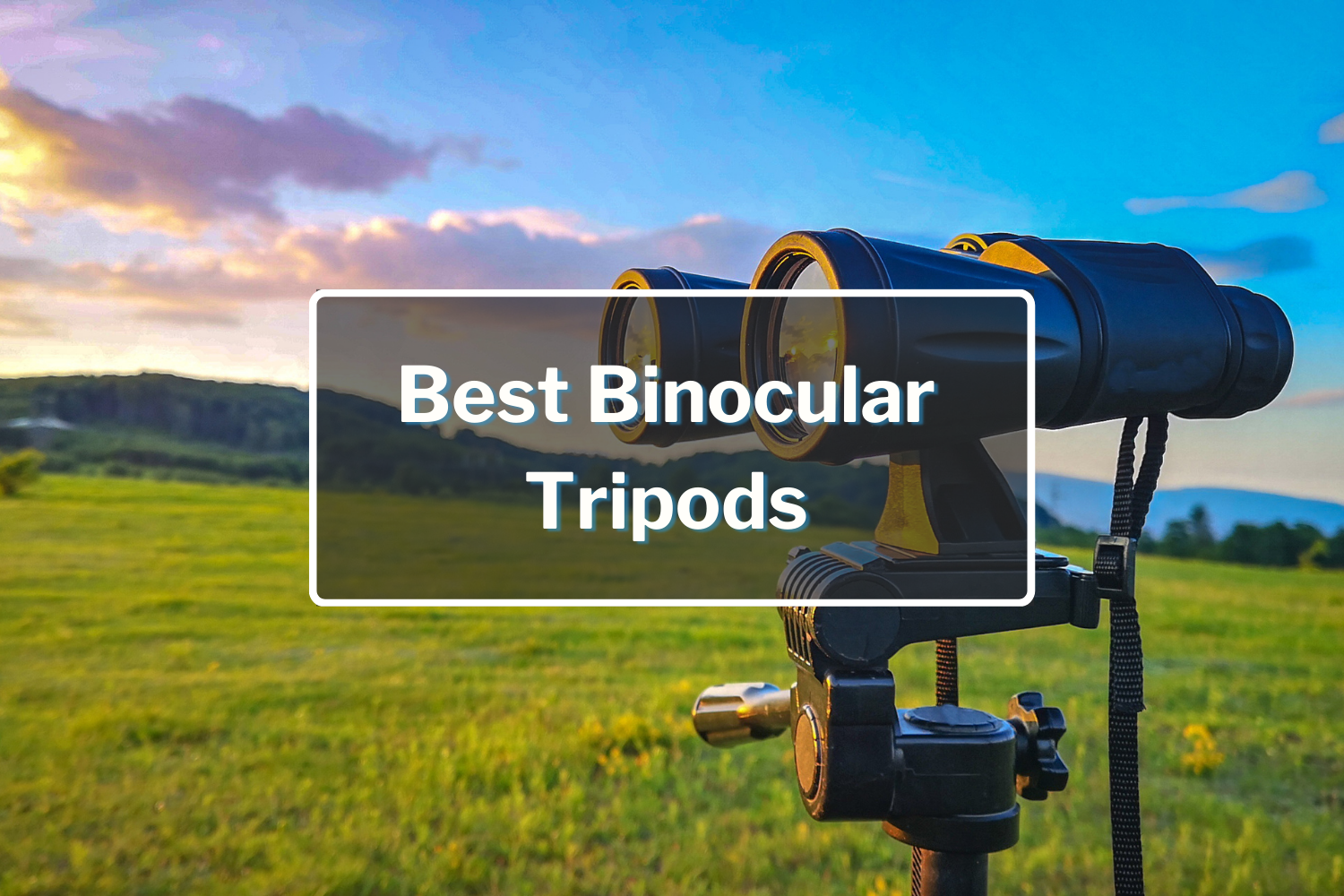
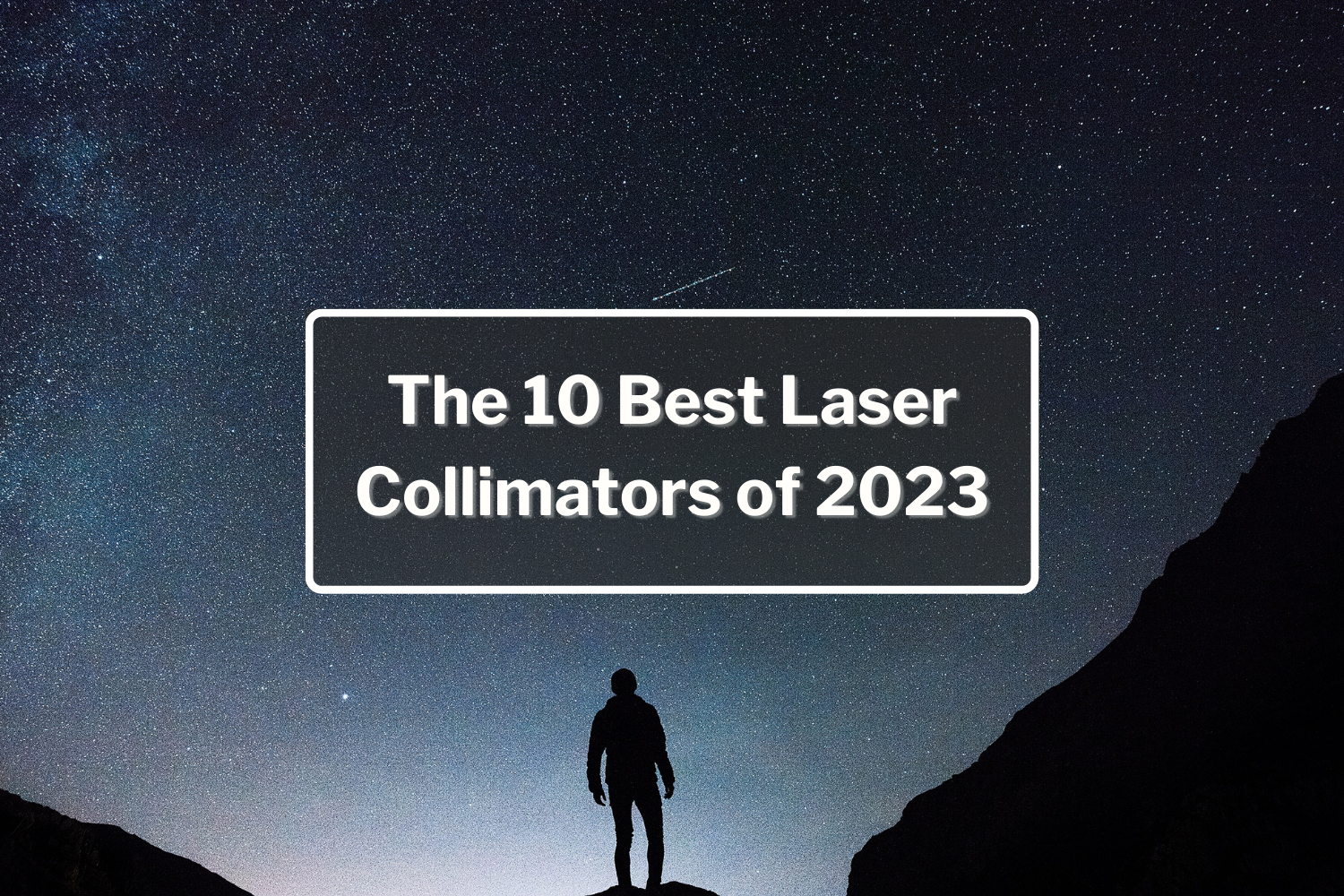
Eee
November 29, 2022
Eeeeee